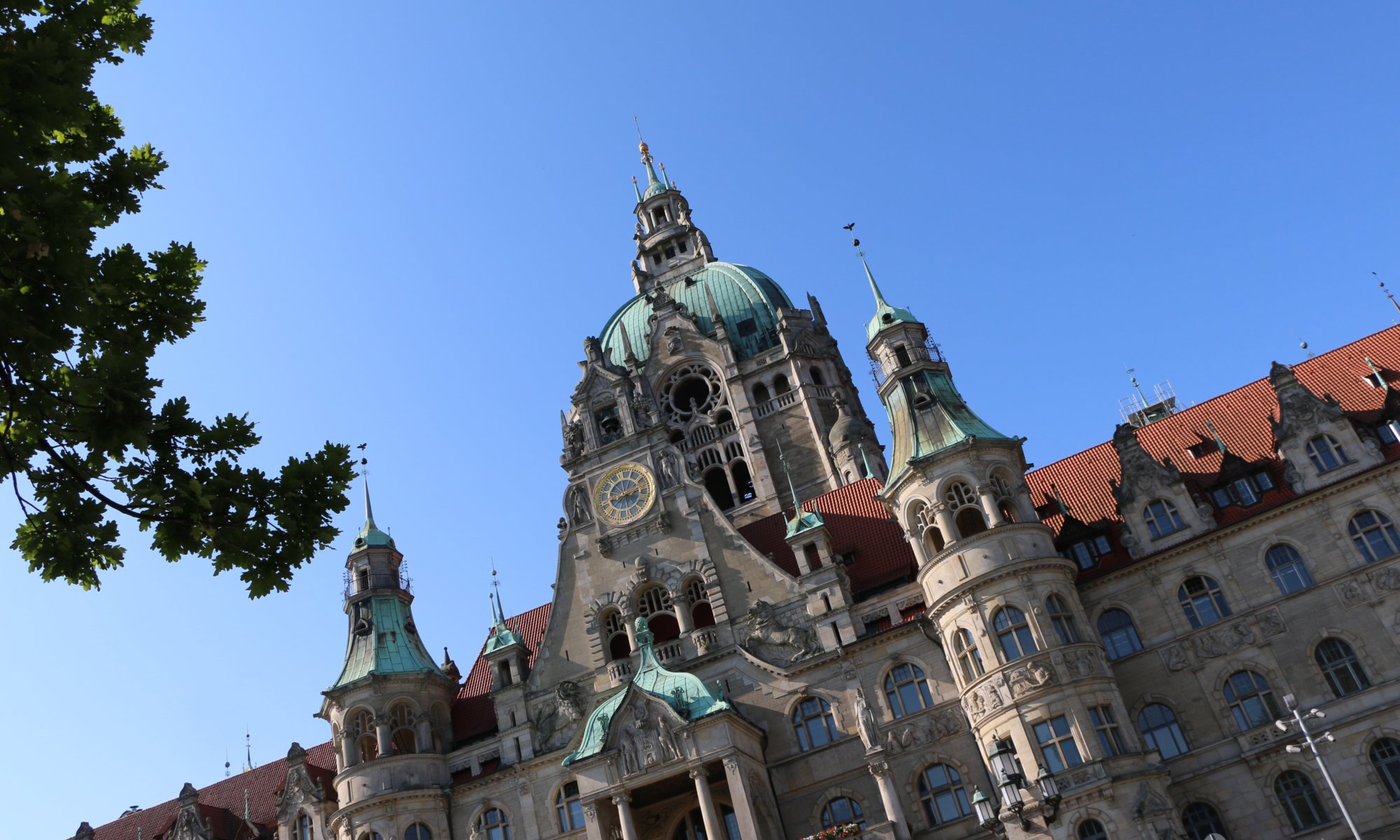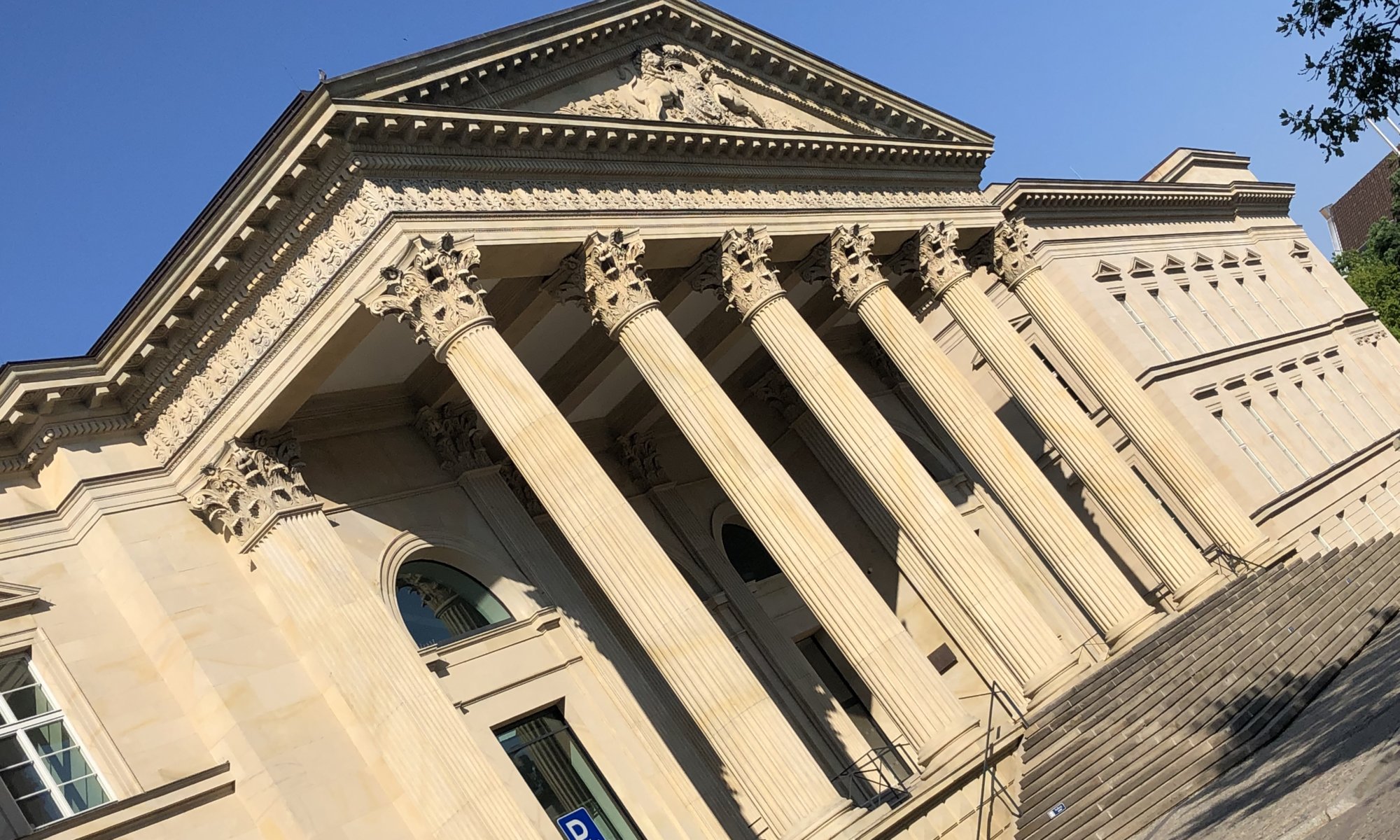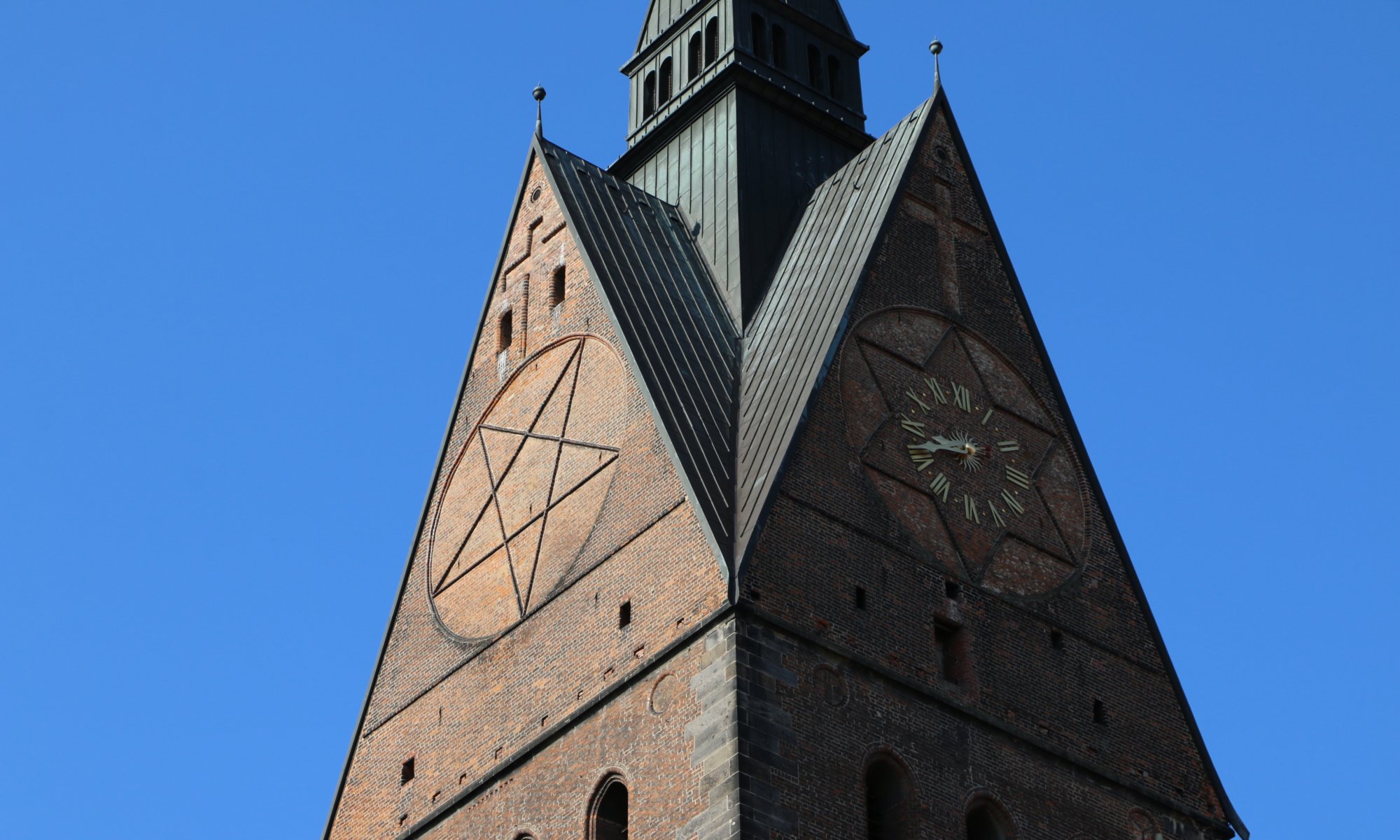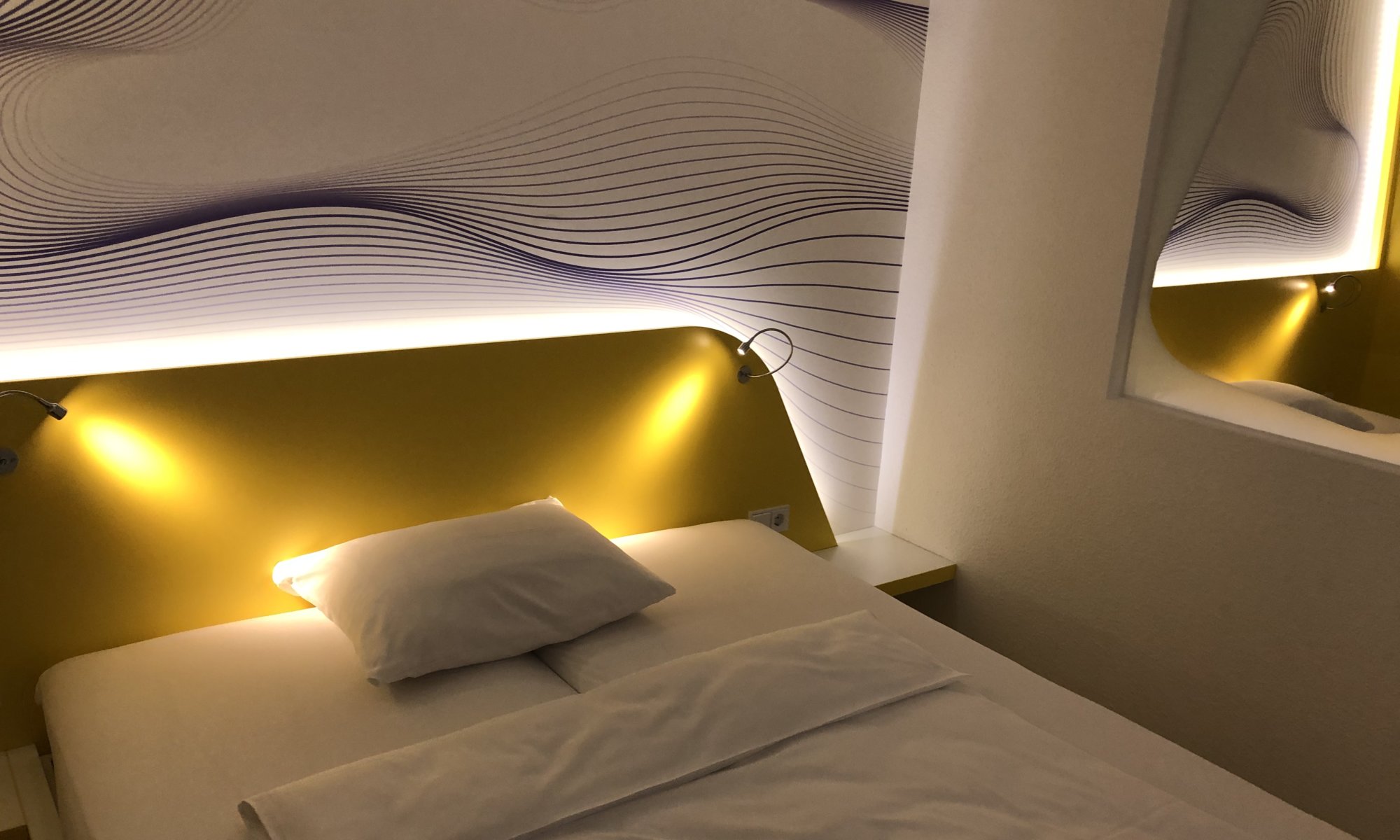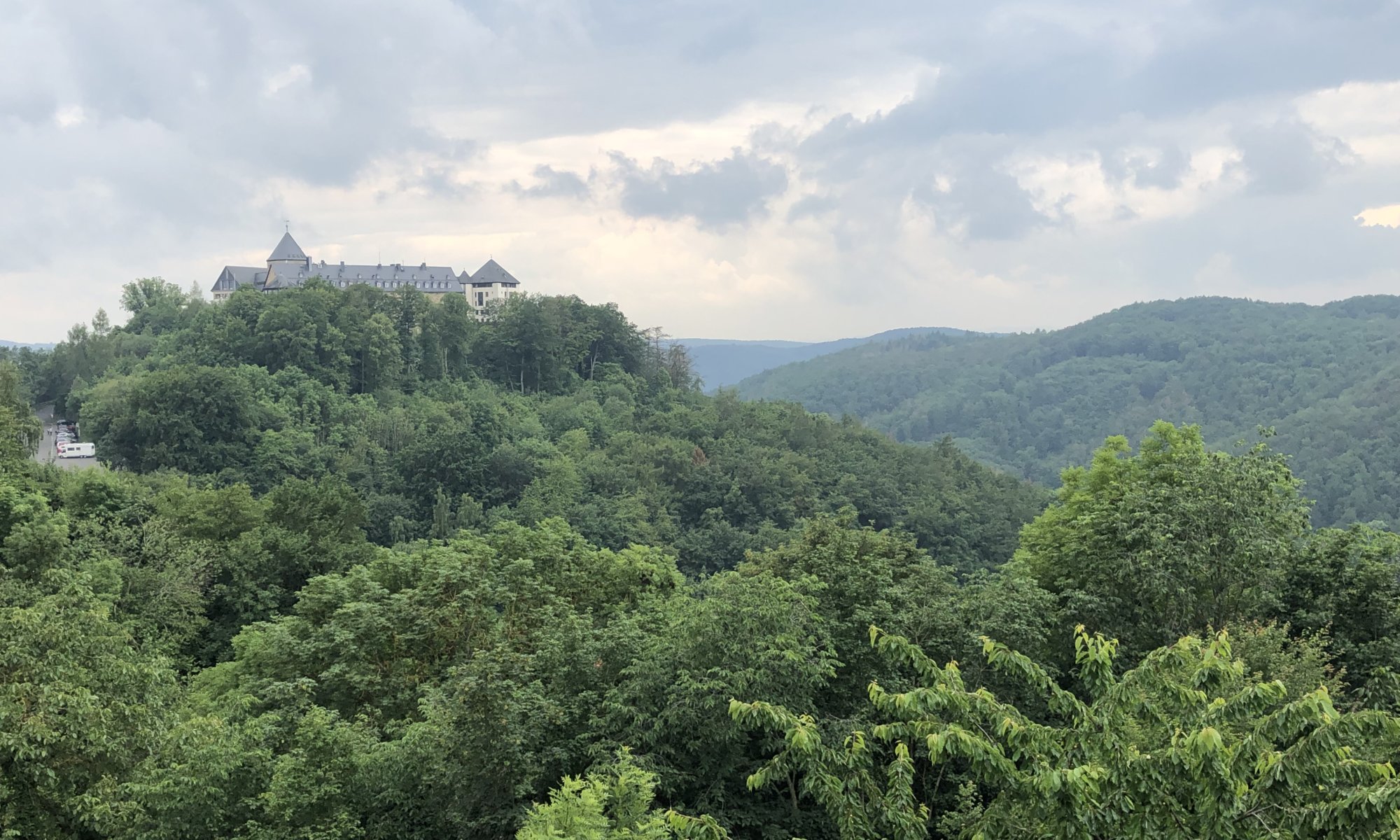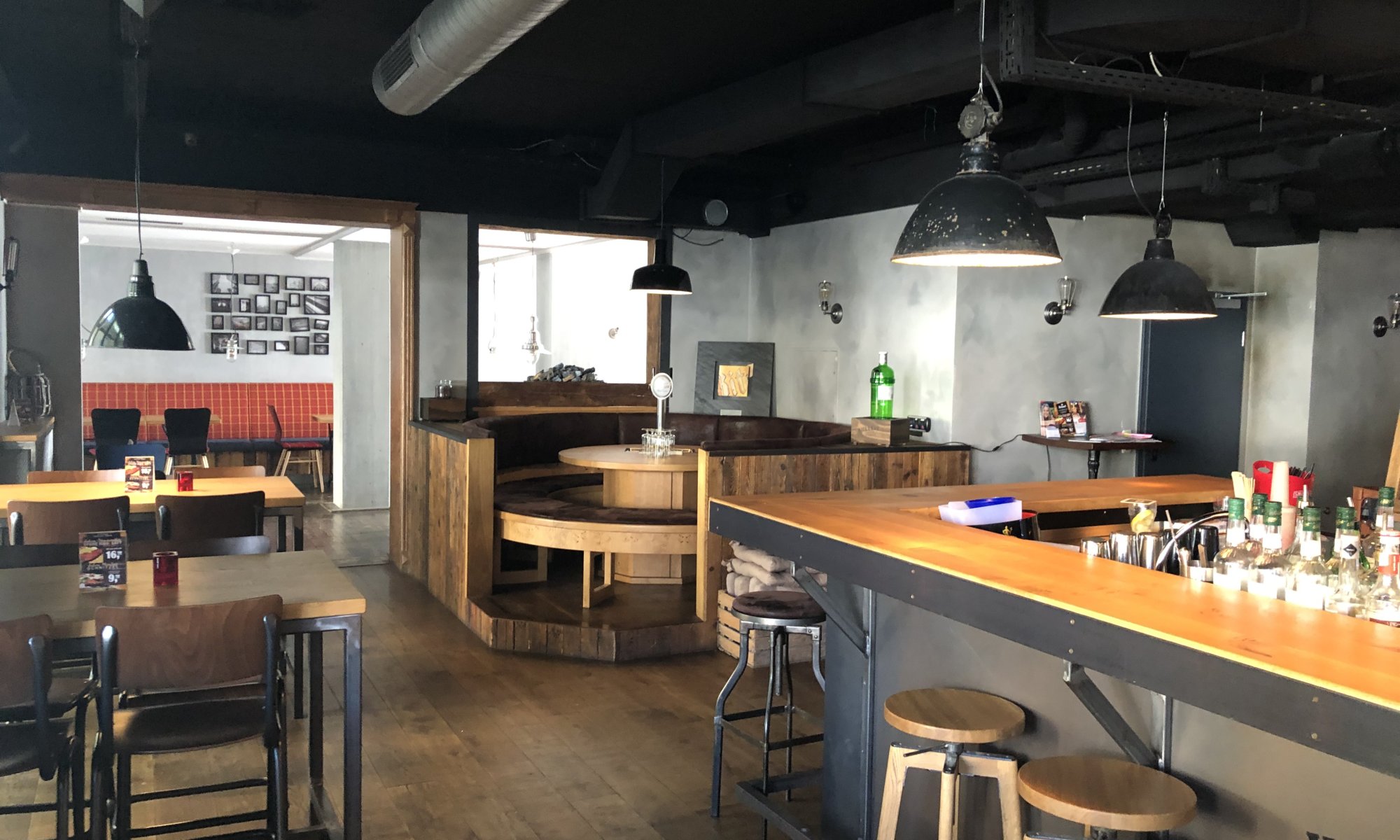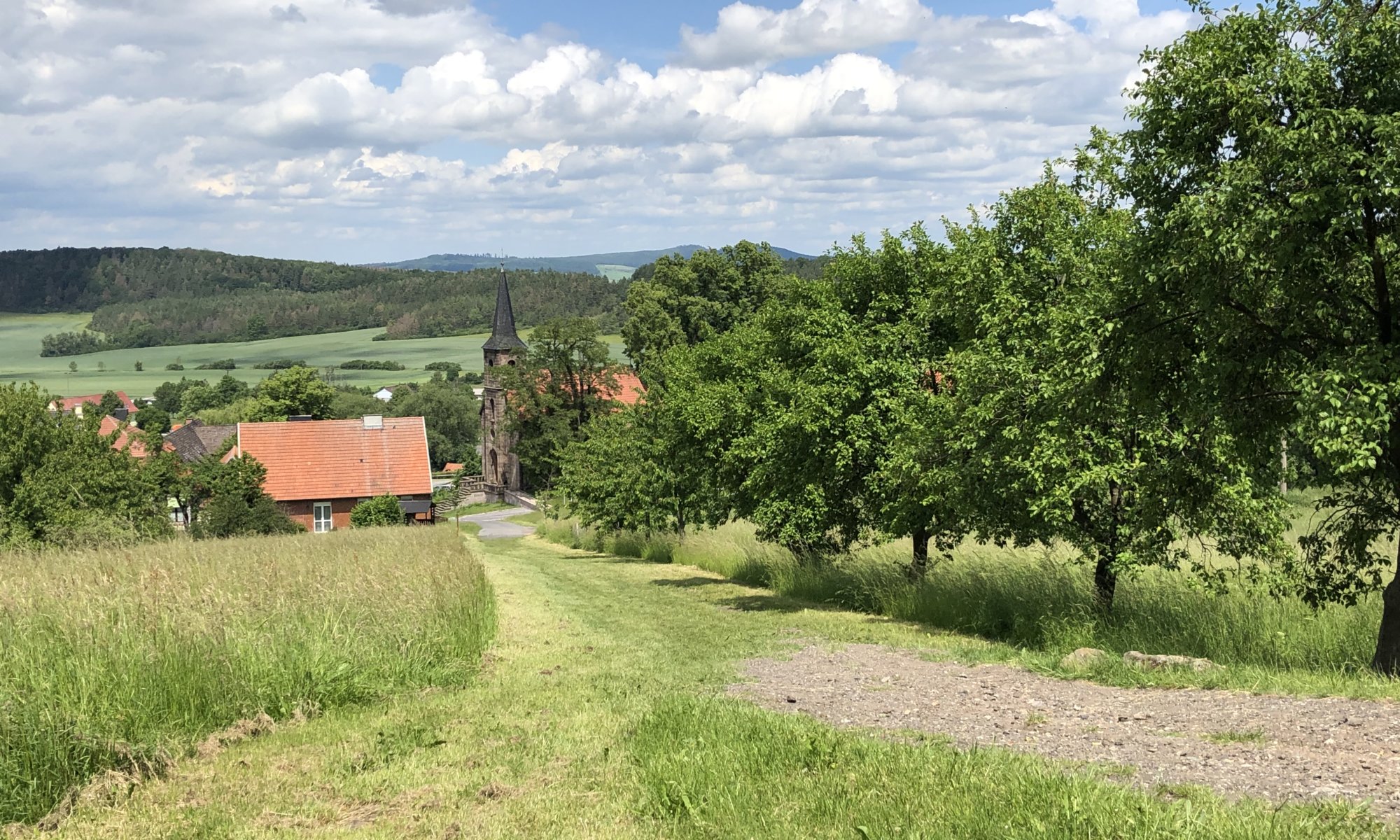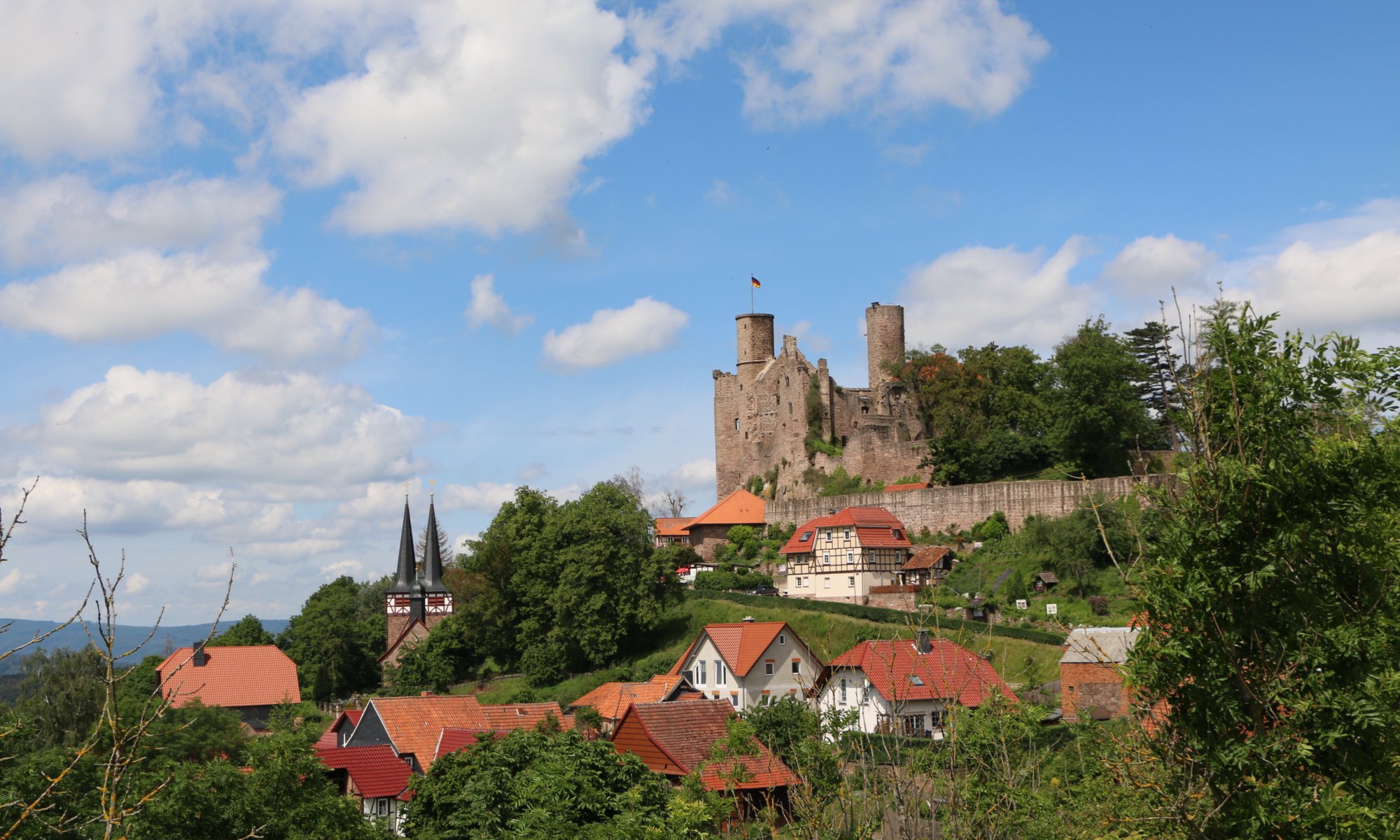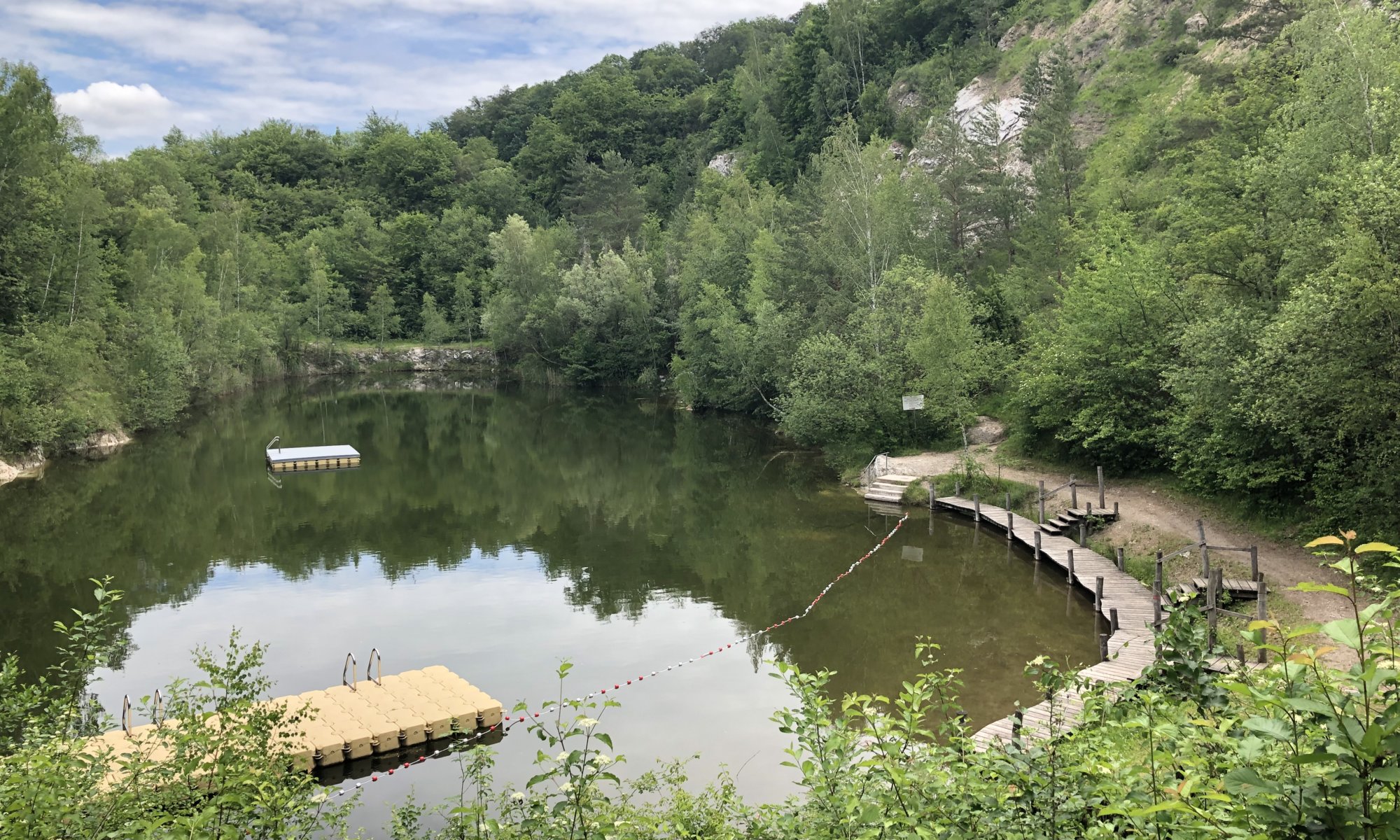It is one of the most beautiful townhall buildings in Germany: the Neues Rathaus at Hannover. That is a bit confusing as the ‘new’ townhall is already pretty old – it was built between 1903 and 1911 CE. It became necessary as the old townhall building from the year 1230 became too small because of the massive expansion of the city. It really looks like a castle and is still in use today – as the seat of the administration and the mayor.
Continue reading “Townhall or castle?”Landtag
Next to the river Leine in the center of Hannover, Germany you can find a building with Greek columns in front: the Niedersächsischer Landtag, the parliament of the federal state of Lower Saxony. It is located in the Leineschloss – a former castle in neoclassical style that was used by the kings of Hannover until 1866. Now the representatives of the people rule there.
Continue reading “Landtag”Dark arts
When you arrive at the central railway station of Hannover, Germany and walk towards the city center you can’t overlook a church tower made of red bricks. It belongs to the Marktkirche St. Georgii et Jacobi, a protestant church. Easily visible are also the special shapes on the outside of the tower: a pentagram in a ring and two hexagrams with each a clock inside.
Continue reading “Dark arts”Not too far away
When I first checked into a prizeotel (close to the railway station of Bremen, Germany) I immediately fell in love with their concept. It’s simple, with vibrant colours and the design of the rooms is simply clever. If that’s something you like too, this cheap design hotel chain might be a good choice for you. The one in Hannover, Germany is a little bit aside but not too far away from the main railway station.
Continue reading “Not too far away”Göttingen
‘Extra Gottingam non est vita, si est vita non est ita.‘
– August Ludwig von Schlözer
Schloß Waldeck
When you’re visiting the Edersee lake in northern Hesse you can most often see a castle up on hill: Schloß Waldeck at Waldeck, Germany. Of course you’ve got brilliant views on the artificial lake from there. The castle was first mentioned in the year 1120 CE and served as a fortress, as barracks and as a jail over time. Since 1920 it is a state asset and can be visited.
Continue reading “Schloß Waldeck”HermannS
At a street connecting Wilhelmshöher Allee and Königstor – the Hermannstraße (an area of Kassel, Germany where I wouldn’t really expect a bar) – you can find the HermannS. It is a mix of a modern cocktail bar and a folksy inn. They’ve got a rather large outdoor area and you can get good food and drinks.
Continue reading “HermannS”Invisible memorial
Bornhagen is just a tiny village in Thuringia, Germany. People getting here stop for a drink or a meal at the Klausenhof restaurant, to take a look at the sausage museum dedicated to the tradition of home-made sausages – but most often they get here for the beautiful castle ruin Hanstein. Nowadays the village has another interesting thing; a memorial that cannot be seen while walking through Bornhagen.
Continue reading “Invisible memorial”Burg Hanstein
The castle Hanstein at Bornhagen, Germany is one of the most beautiful castle ruins of the region. It is not far away from the point where the three federal countries of Hesse, Lower Saxony and Thuringia meet. It is said that the castle exists since the year 820 but the first written proof is from around the year 1000 CE. It was home to the house of Hanstein and later inaccessible while Germany was divided.
Continue reading “Burg Hanstein”Grüner See
Close to the village of Hundelshausen belonging to Witzenhausen, Germany a company gathers gypsum. Already in 1940 they gave up an area and the open pit, surrounded by high rocks, filled with ground water and rain. Today it is a lake with 5000 cubic meters of water that you can use for swimming. There are also platforms on the water, a separated non-swimmer area and a wooden base.
Continue reading “Grüner See”
